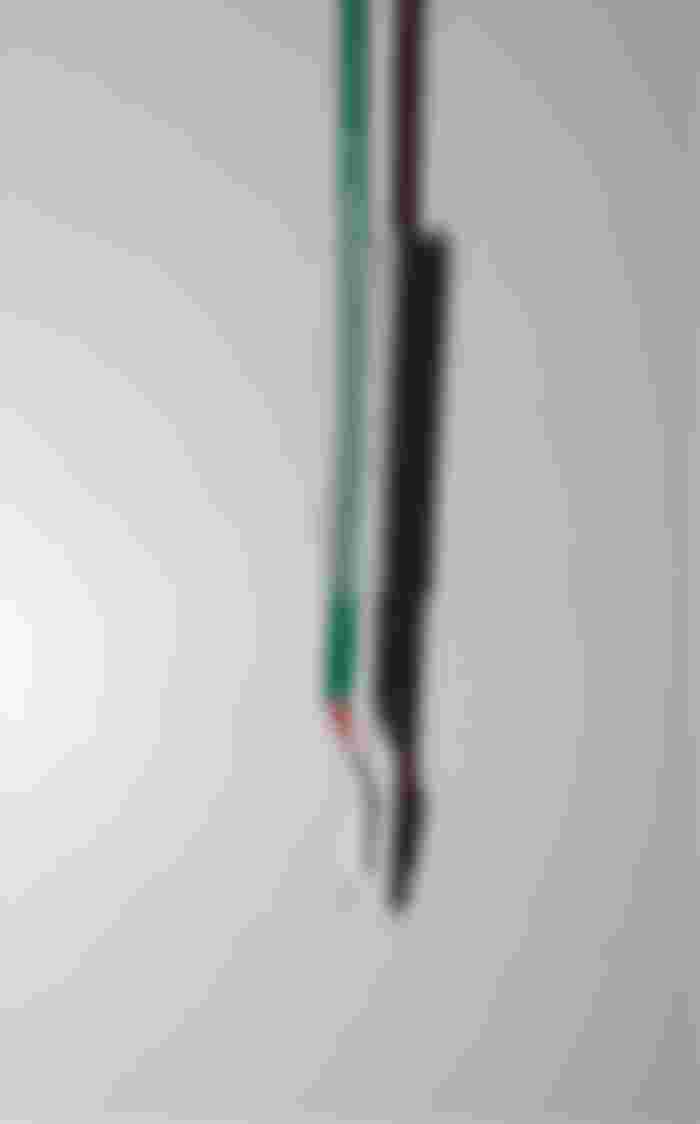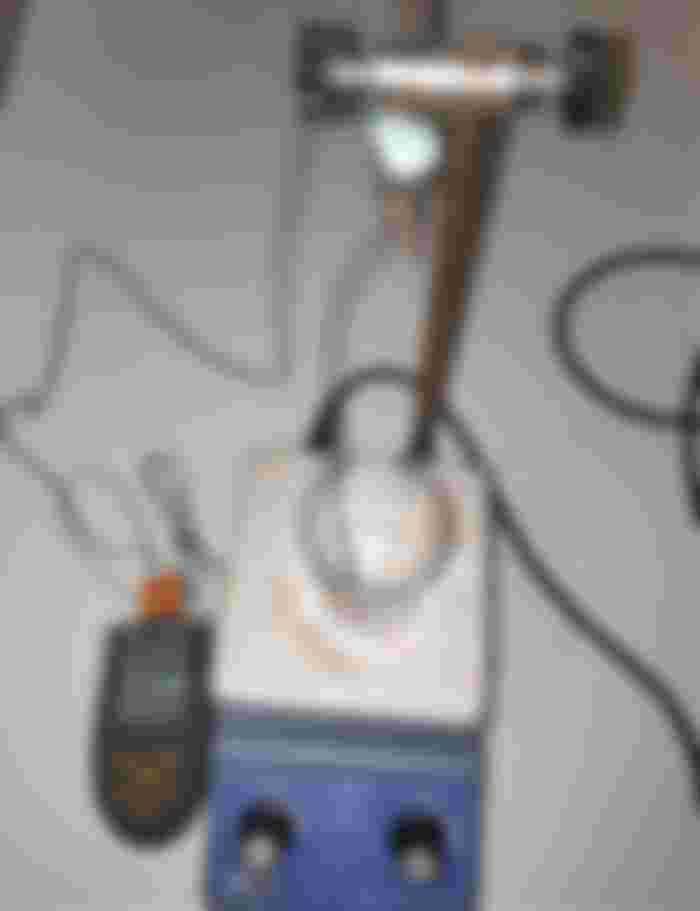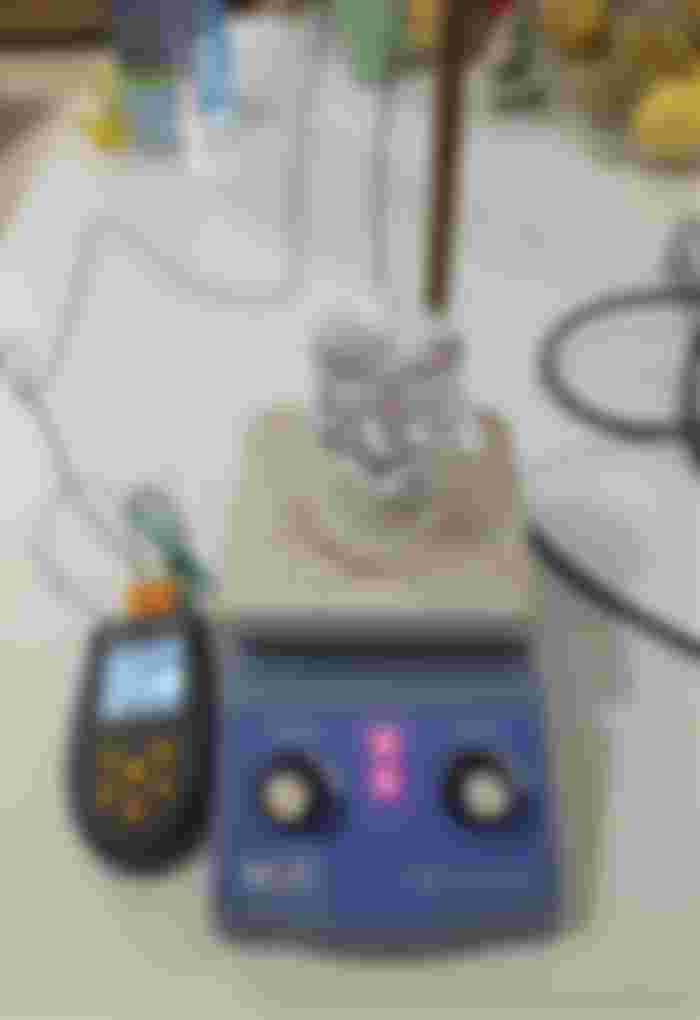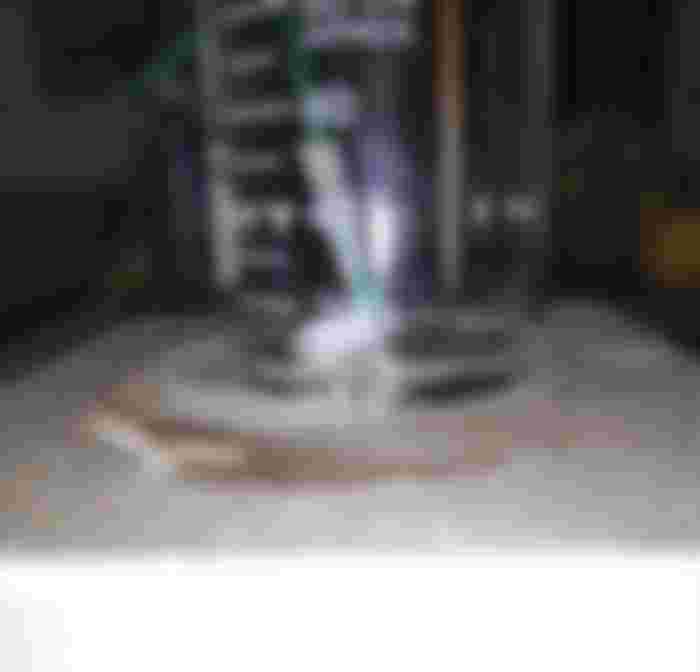Don't trust, verify: check the melting point of your chems!
Don't trust, verify. It's a mantra in the Bitcoin world, but not outside. No matter illegal drugs, ergogenics like steroids or SARMs, nootropics or any kind of raw powders: people usually ingest them trusting the vendor. Nevertheless, how could you analyze any raw chem at home? Checking the melting point is the answer.
Every chem has a melting point, which you can figure out easy with Google. If a chem does not meet its melting point, I'm sorry: you've been scammed, don't put that into your body!
In this tutorial, I'll try to explain how to check this value with cheap materials.
What do I need?
The chem to analyze, of course. It must be in raw powder, chems in capsules are (usually) mixed with fillers, so you can't use them with previous isolation.
Melting point capillaries, which are very fine glass tubes. Cheap if you order at AliExpress (check Haven first!).
Thermometer, preferably a thermocouple thermometer: the sensor is very fine and sensitive. Again, cheap bought from China.
Hot plate. If your hot plate has a magnetic stirrer to keep the heat uniform, it will be better. Nope, this time is not cheap even from China, so don't waste money and use a standard one.
Mineral oil.
A small glass (like 100 ml). Borosilicate is preferred, specially if the melting point is very high.
Step by step: example with LGD-4033enthusiasts
Grab with capillary tube. You only need it to be 3-4 cm long, so chop it if it's longer.
With a flame, seal one end. Once it becomes hot red, it's done.

Slowly, fill the tube with your chem. With a needle, push it to the end. Remember that you only need a small amount (a few mm long is enough).

We want the tube to be very near the thermometer. Twisting the cable around the tube and sealing with a little tape makes the trick.
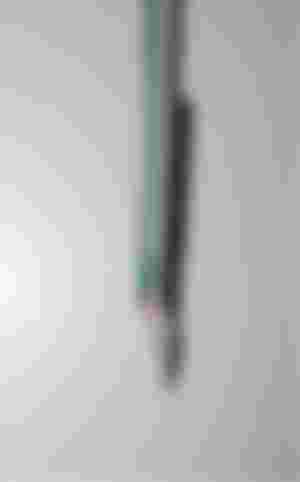
Fill your glass with mineral oil, just a little to cover the end where the chem is placed. Turn on the thermometer and the hot plate. Put the capillary tube inside the glass and keep heating slowly.

Safety tips: check the auto-ignition temperature of your mineral oil, you don't want it to catch fire. And always cover the glass with some aluminum foil, don't breath the vapours!

Keep an eye on the chem inside the tube, specially when it's reaching the theoric melting point. Use a good light to see the powder inside. I'm testing LGD-4033 with a melting point around 105-107 ºC. This is before and after reaching that mark:


Obvious difference, right? The chemical goes to a white solid powder to a clear liquid. Now, I'm 95% sure I have pure LGD-4033.
I hope this guide helps to science enthusiasts!


